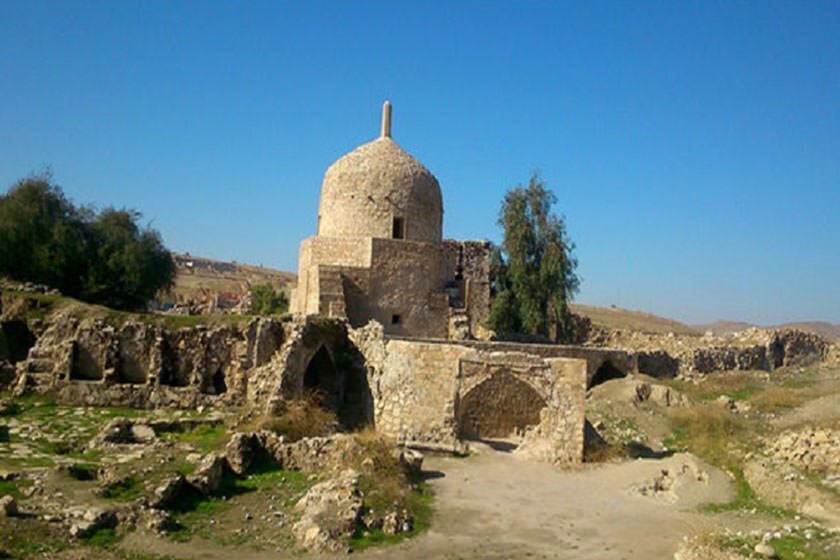$470,000 allocated to reinforce, restore ancient Belad Shapur

TEHRAN - The ancient town of Belad Shapur in the southwestern Kohgiluyeh and Boyer-Ahmad province has seen many measures taken to reinforce and reorganize its historical monuments, the deputy provincial tourism chief has said.
Over 20 billion rials (some $476,000 at the official exchange rate of 42,000 rials per dollar) has been allocated to reinforcement and restoration of the historical monuments and aging structures of the ancient city, known by its current name, Dehdasht, Rahim Dadinejad said on Saturday.
Among the measures taken so far are the restorations of some historical mansions, mosques, holy shrines, and caravanserais, as well as the creation of a park, the official added.
A few historical monuments of the ancient city are also planned to be temporarily ceded to the private sector during the current Iranian year to provide jobs for locals, he noted.
Last November, the provincial tourism chief Majid Safai announced that the historical neighborhood of Dehdasht and the historical monuments located inside it is planned to be restored and revived.
Despite all the destruction that took place in this historical city in different eras, with an area of more than 45 hectares, it is currently considered as one of the largest historical structures in the country in terms of size and number of historical buildings. Inscribed on the National Heritage list in 1985, the ancient city of Belad Shapur is one of the top tourist sites of the province.
Belad Shapur, known by its current name, was built at the time of Shapur I, also known as Shapur the Great, (reigned 241 CE–272), the second king of the Sassanid Dynasty. Under his leadership, the empire stretched from Sogdiana and Iberia (Georgia) in the north to the Mazun region of Arabia in the south; in the east, it extended to the Indus River and in the west to the upper Tigris and Euphrates river valleys.
Kohgiluyeh and Boyer-Ahmad province is known for its nomads and nomadic life. Sightseers may live with a nomadic or rural family for a while or enjoy an independent stay and assist them with day-to-day life. It also opens up an opportunity to feel rustic routines, their agriculture, traditions, arts, and culture.
ABU/AFM
